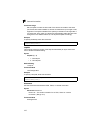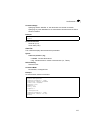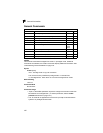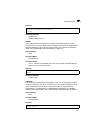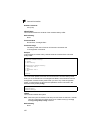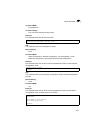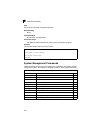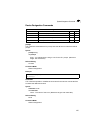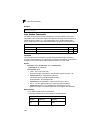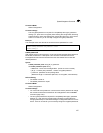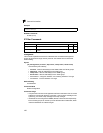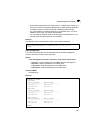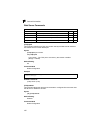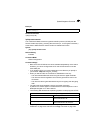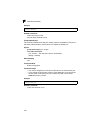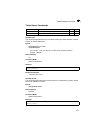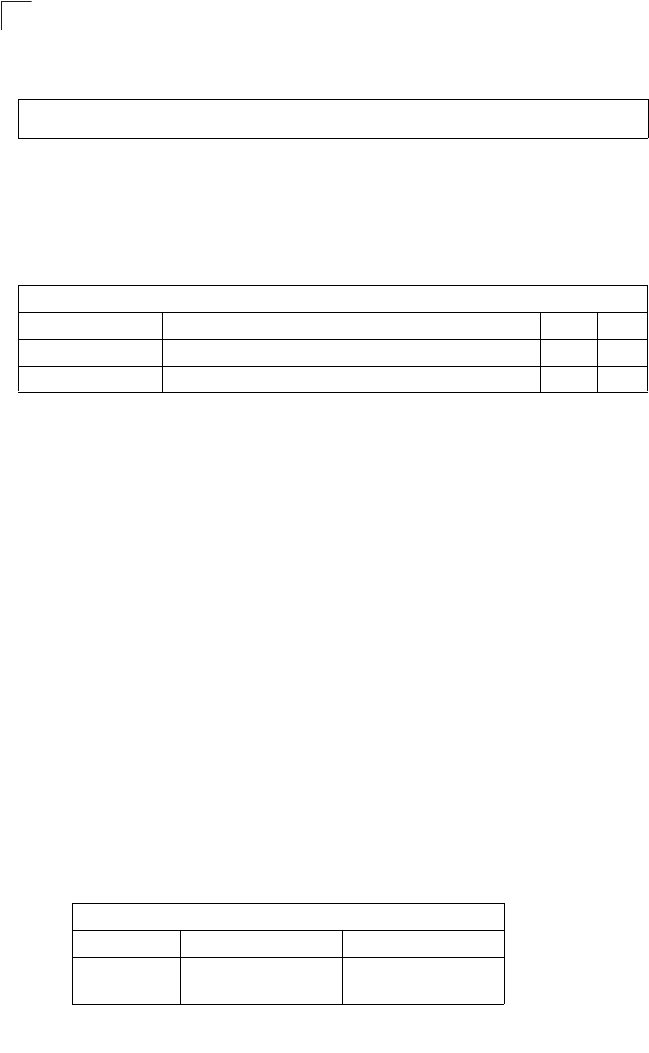
Command Line Interface
4-26
4
Example
User Access Commands
The basic commands required for management access are listed in this section.
This switch also includes other options for password checking via the console or a
Telnet connection (page 4-11), user authentication via a remote authentication
server (page 4-68), and host access authentication for specific ports (page 4-78).
username
This command adds named users, requires authentication at login, specifies or
changes a user's password (or specify that no password is required), or specifies or
changes a user's access level. Use the no form to remove a user name.
Syntax
username name {access-level level | nopassword |
password {0 | 7} password}
no username name
• name - The name of the user.
(Maximum length: 8 characters, case sensitive. Maximum users: 16)
• access-level level - Specifies the user level.
The device has two predefined privilege levels:
0:NormalExec,15: Privileged Exec.
• nopassword - No password is required for this user to log in.
•{0 | 7} - 0 means plain password, 7 means encrypted password.
• password password - The authentication password for the user.
(Maximum length: 8 characters plain text, 32 encrypted, case sensitive)
Default Setting
• The default access level is Normal Exec.
• The factory defaults for the user names and passwords are:
Console(config)#hostname RD#1
Console(config)#
Table 4-9. User Access Commands
Command Function Mode Page
username Establishes a user name-based authentication system at login GC 4-26
enable password Sets a password to control access to the Privileged Exec level GC 4-27
Table 4-10. Default Login Settings
username access-level password
guest
admin
0
15
guest
admin



